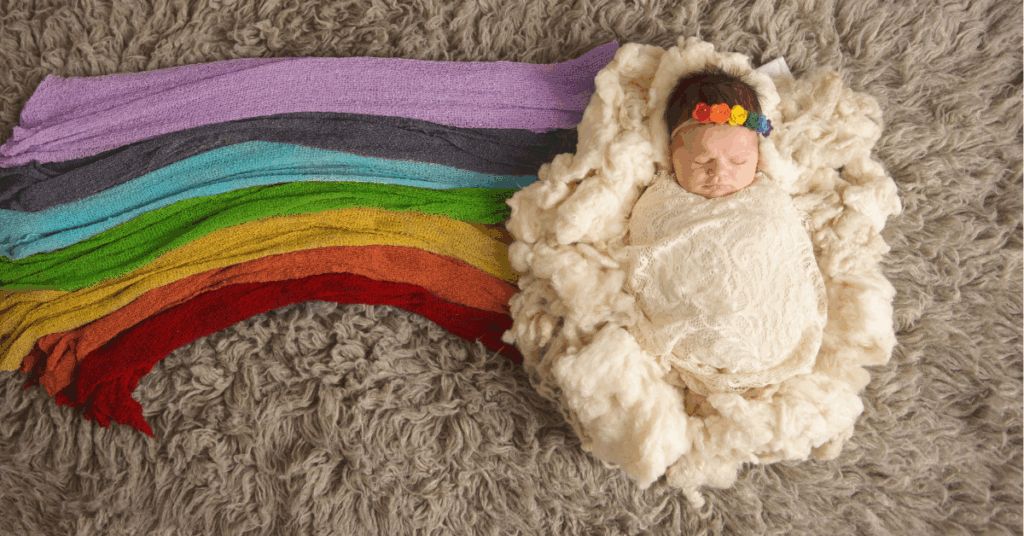The summer solstice, the longest day of the year, brings a variety of changes that can impact everyone, including the youngest members of our families. For babies, the extended daylight, increased temperatures, and stronger sunlight can pose unique challenges. Here are four ways the summer solstice can affect babies and tips for parents to manage these changes effectively.
4 Ways The Summer Solstice Can Affect Babies
1. Sleep Patterns
Disruption of Sleep Cycles
The extended daylight hours associated with the summer solstice can significantly impact a baby’s sleep patterns. Babies rely heavily on environmental cues to establish their sleep cycles, and longer daylight can make it harder for them to recognize bedtime, resulting in shorter or interrupted sleep.
Tips to Manage Sleep Disruptions:
- Maintain a Consistent Routine: Keep a regular sleep schedule to help signal to your baby when it’s time to wind down, even if it’s still light outside.
- Create a Dark Sleeping Environment: Use blackout curtains or shades to darken the room and mimic nighttime conditions during naps and bedtime.
- Utilize White Noise: White noise machines can help drown out external sounds and create a soothing environment conducive to sleep.
2. Temperature Regulation
Challenges in Regulating Body Temperature
Babies, especially those under 6 months old, have immature systems for regulating their body temperature. They can’t sweat as effectively as adults, making them more susceptible to overheating during the warmer days of the summer solstice.
Tips to Keep Babies Cool:
- Dress Appropriately: Choose lightweight, breathable clothing made from natural fibers like cotton to help keep your baby cool.
- Stay Hydrated: Ensure that babies, especially those who are breastfed or bottle-fed, are getting enough fluids. Frequent feedings can help keep them hydrated.
- Use Fans and Air Conditioning: Create a comfortable environment with fans or air conditioning, but avoid direct drafts on your baby.
3. Sun Exposure
Protection from Harmful UV Rays
The increased sunlight during the summer solstice means more exposure to UV radiation, which can be harmful to a baby’s delicate skin. Babies have thinner skin than adults and are more prone to sunburn and long-term skin damage.
Tips for Sun Protection:
- Use Sunscreen Sparingly: For babies over 6 months, apply a baby-safe sunscreen with at least SPF 30. For younger babies, it’s best to avoid direct sunlight altogether.
- Dress for Sun Protection: Outfit your baby in lightweight, long-sleeved shirts, pants, and a wide-brimmed hat to shield their skin from the sun.
- Seek Shade: During peak sun hours (10 AM to 4 PM), keep your baby in shaded areas. Use umbrellas, canopies, or stroller shades when outside.
4. Feeding and Hydration
Increased Need for Hydration
Hotter temperatures can increase a baby’s need for fluids. Babies can become dehydrated more quickly than adults, especially in warm weather, so it’s crucial to monitor their hydration levels closely.
Tips for Ensuring Adequate Hydration:
- Breastfeed or Bottle-Feed Frequently: Offer feedings more often to ensure your baby is staying hydrated. Breast milk or formula provides necessary fluids.
- Watch for Signs of Dehydration: Look for signs such as fewer wet diapers, dry mouth, or unusual fussiness. If you suspect dehydration, contact your pediatrician promptly.
- Introduce Water for Older Babies: For babies over 6 months, offering small amounts of water in addition to regular feedings can help maintain hydration.
The summer solstice brings with it longer days and higher temperatures, which can pose several challenges for babies. By understanding these potential impacts and taking proactive measures, parents can help ensure their babies remain comfortable, safe, and healthy during the summer months. Maintaining a consistent routine, protecting against excessive sun exposure, keeping babies cool, and ensuring they are well-hydrated are all key steps in navigating the seasonal changes brought by the summer solstice.













